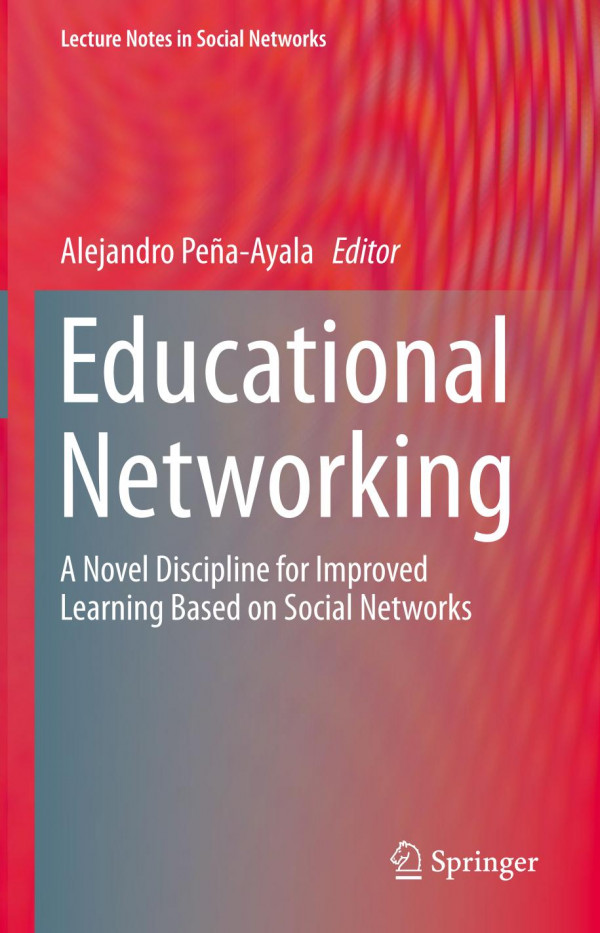

Most ebook files are in PDF format, so you can easily read them using various software such as Foxit Reader or directly on the Google Chrome browser.
Some ebook files are released by publishers in other formats such as .awz, .mobi, .epub, .fb2, etc. You may need to install specific software to read these formats on mobile/PC, such as Calibre.
Please read the tutorial at this link: https://ebookbell.com/faq
We offer FREE conversion to the popular formats you request; however, this may take some time. Therefore, right after payment, please email us, and we will try to provide the service as quickly as possible.
For some exceptional file formats or broken links (if any), please refrain from opening any disputes. Instead, email us first, and we will try to assist within a maximum of 6 hours.
EbookBell Team

4.4
72 reviewsThis book is related to the educational networking (EN) domain, an incipient but disrupting trend engaged in extending and improving formal and informal academic practices by means of the support given by online social networks (OSNs) and Web 2.0 technologies. With the aim of contributing to spread the knowledge and development of the arena, this volume introduces ten recent works, whose content meets the quality criteria of formal scientific labor that is worthy to be published according to following five categories:
· Reviews: gather three overviews that focus on K-12 EN practice, mixed methods approaches using social network analysis for learning and education, and a broad landscape of the recent accomplished labor. · Conceptual: presents a work where a theoretical framework is proposed to overcome barriers that constrain the use of OSNs for educational purposes by means of a Platform Adoption Model.· Projects: inform a couple of initiatives, where one fosters groups and networks for teachers involved in distance education, and the other encourages students the author academic videos to improve motivation and engagement.
· Approaches: offer three experiences related to: Wiki and Blog usage for assessment affairs, application of a method that encourages OSNs users to actively post and repost valuable information for the learning community, and the recreation of learning spaces in context–aware to boost EN.
· Study: applies an own method to ranking Mexican universities based on maximal clique, giving as a result a series of complex visual networks that characterize the tides among diverse features that describe academic institutions practice.
In resume, this volume offers a fresh reference of an emergent field that contributes to spreading and enhancing the provision of education in classrooms and online settings through social constructivism and collaboration policy. Thus, it is expected the published content encourages researchers, practitioners, professors, and postgraduate students to consider their future contribution to extent the scope and impact of EN in formal and informal teaching and learning endeavors.